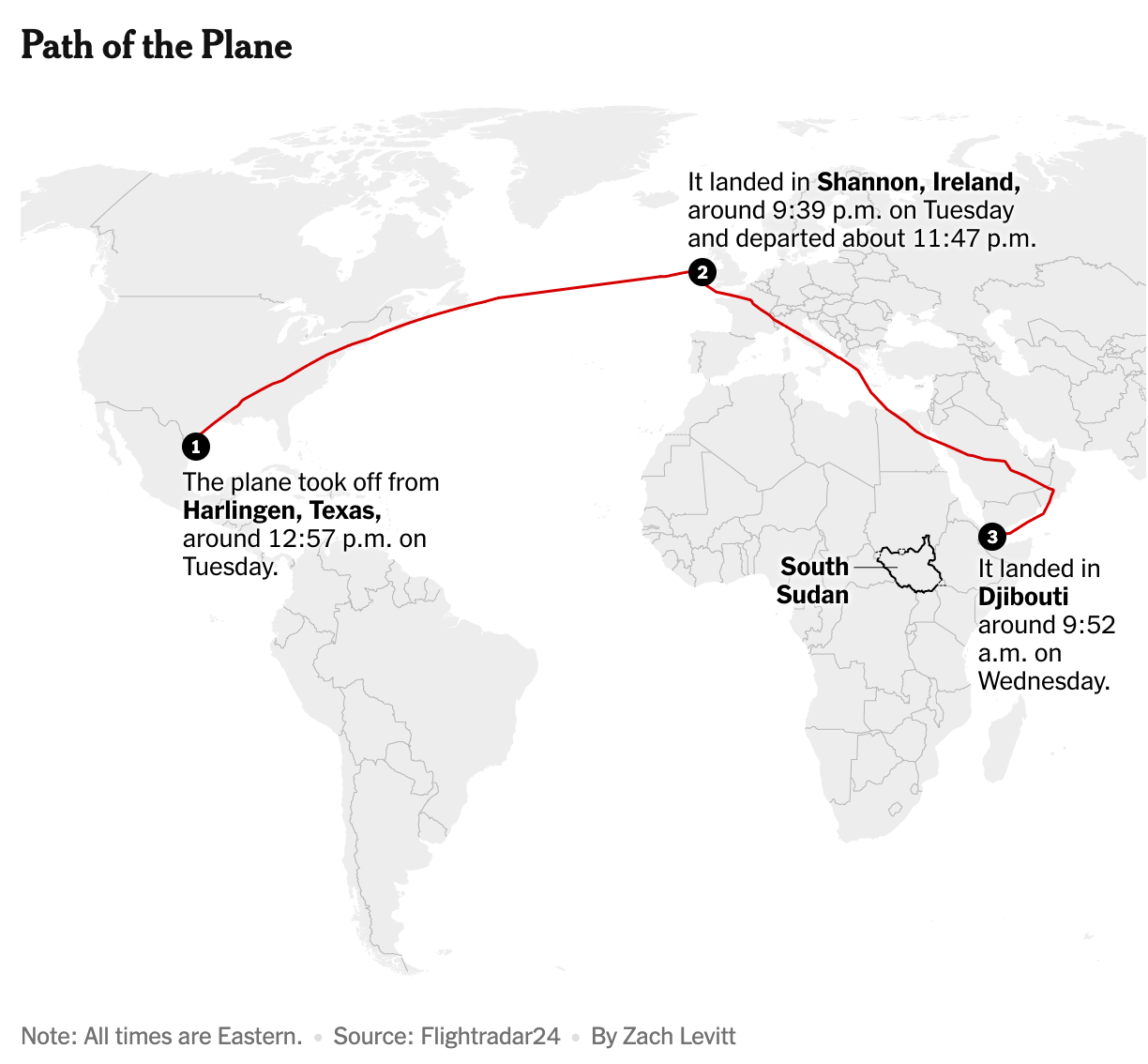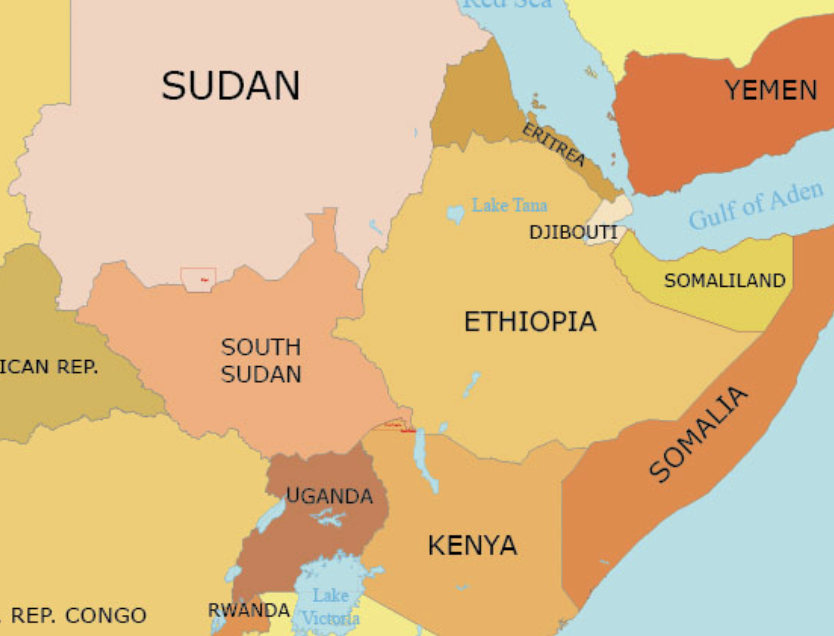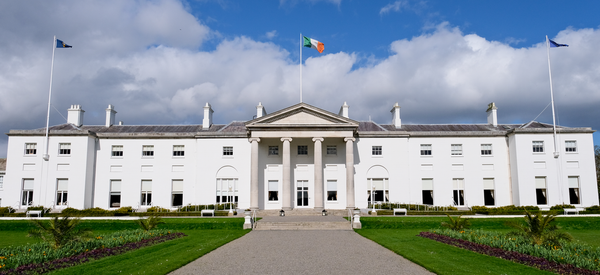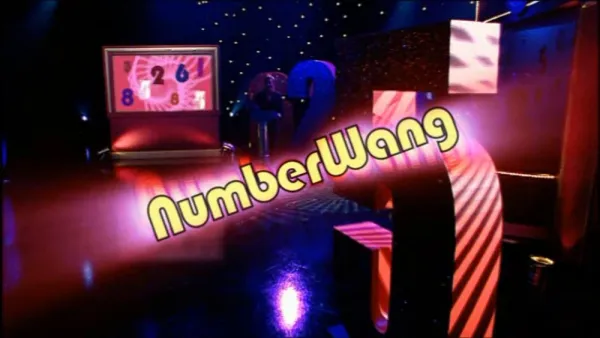The Gist: Guns, Shannon and VAT
Faced with civilian jets illegally renditioning people through Shannon, let’s talk about VAT law. This is the Gist.

Brazenly, Donald Trump accepted a personal gift of a $500m golden “palace in the sky” without paying for it. But, while we wait for the formal renaming of Air Force One to the Gilt-y As Charged, this week it was another airplane that topped the news.
We had the experience of watching, live, as a group of people were illegally renditioned by the Trump regime from the US to an intended destination of South Sudan, in direct breach of a US Court order.
And, to add some local interest, the plane stopped off in Shannon along the way, making Ireland (once again) a part of the US extraordinary rendition infrastructure.

As an extra quirk, Gillian Brockell, a journalist who identified the private-sector Gulfstream plane being used while it was in the air across the Atlantic, realised that it was heading towards Shannon, though it had not filed an official destination.
So she called the local Garda station and told them that there was an aircraft on the ground in Shannon, and that the people in charge of it were possibly keeping people detained in that civillian aircraft without any legal basis. She spent 13 minutes talking to the police and gave them all the info she could. (There's a really good interview with her from Morning Ireland here).
After about three hours, the plane took off again from Shannon, with the detainees still on board. Its next stop was Djibouti, where there is a US military base. And it hasn't got from there to South Sudan yet.

We can talk about the details of this particular flight with considerable certainty because Trump posted one of his blustering screeds on his grifty website. Amongst the all-caps and exclamation marks, he confirmed that the renditioned men had been on the plane identified by Gillian Brockell (and later identified again by the NY Times, who rather churlishly didn't cite her earlier work) and that the plane also carried "a huge number" of ICE agents and that the intended rendition onwards to South Sudan was blocked because of the US Court order undermining the legality of the plan.
In other words, it appears that whoever is in charge in Djibouti was more effective in respecting human rights law than Ireland managed to be.
That time we facilitated torture
We have been here before, of course. Here's the 2007 Irish Human Rights Commission's report on Ireland's role in the George W Bush era of extraordinary renditions of individuals for the purposes of torture abroad. This was expanded upon by the Open Society's Justice Initiative's 2013 report "GLOBALIZING TORTURE: CIA SECRET DETENTION AND EXTRAORDINARY RENDITION", which determined that Ireland had "facilitated" the CIA rendition and torture project.
Furthermore, the question of planes landing in Shannon and flying on to Israel has also triggered questions as to whether Ireland is being used as a refuelling stop in the delivery of arms to Israel's government while it prosecutes its military action against the people of Gaza.
The reason that these are still only questions- as yet unanswered- is that the government declines to have officials inspect the planes which land. Indeed, An Garda Síochana seem as determined as they were in the Bush era to place the level of evidence required to trigger an examination of what might be on one of these planes so high that it would be impossible for any member of the public to meet it. The view taken then was that police would only inspect US planes if a member of the public could already prove that there were prisoners (or arms shipments or even undeclared restricted items such as guns) on board.
Here's how the Irish Human Rights Commission described the Irish State position.
The Government also appears to have put the onus of producing evidence regarding suspect aircraft on to the private citizen. It has requested that if any private citizen has evidence that aircraft have been used for ‘extraordinary rendition’, such information should be given to An Garda Síochána for investigation.
The Capone Gambit
A few months ago Lelia Doolan assessed the legal situation regarding the treatment of planes used by the US government stopping at Shannon.
She wrote to the Attorney General to put him on notice that she had concerns that Ireland was not complying with its duties of systemic inspection of planes for cargo under EU VAT law.
Article 2.1 of Directive 2006/112 on VAT confirms that the “importation of goods” shall be subject to VAT.
Article 85 specifies that the taxable amount should be based on the value for customs purposes.
Interestingly, Article 143 allows for a VAT exemption for goods transiting through a member state to another member state, but only if goods details are detailed and declared.
So, if you were importing purchased arms into Shannon airport for onward delivery to Israel, Ireland would be the only point where VAT could be charged on that cargo, as Israel is not a second EU member state.
Customs and Exiles
The EU is very hot on the common application of Union Customs controls, (VAT is one of the Union's sources of funding). It has a Code to ensure that everyone holds to the same standard. And it sues member states it thinks haven’t been adequately vigorous in applying the rules.
In the case of C-213/19 (Commission vs. UK), it was emphasized that member states must adhere to that common Union Customs Code. In particular, the CJEU addressed the financial consequence of failing to run a proper inspection regime to determine the value of goods being imported into a EU member state.
Paragraph 82:
fraudulent imports into the United Kingdom increased significantly on account of the inadequate nature of the checks made by the United Kingdom customs authorities.
And the court found, in Paragraph 549:
Therefore, the inadequate nature of the customs controls conducted by the United Kingdom customs authorities led to both the customs value of the goods concerned and the taxable amount of the relevant imports for the purposes of VAT being determined incorrectly, for which the United Kingdom must be held liable.
That is to say, if an EU country runs an inadequate customs checks regime, then that country would be liable for the value of the VAT lost due to its inadequacy.
Feeling Adequate?
Article 46.2 of the Union Customs Code states that customs controls, including inspections, must be applied based, not on absolute knowledge, but on objective "risk analysis using electronic data processing techniques to identify and evaluate risks…”
Meanwhile, Article 46.4 outlines that risk management should include activities such as “collecting data, analyzing and assessing risk, prescribing actions, and regularly monitoring and reviewing processes and outcomes…”
In other words, the onus of producing evidence regarding suspect aircraft is not on the private citizen.
Arms and the Man
There is an exemption on the general EU requirement to charge customs duties on arms. If they’re being imported into an EU member state and are on the way to another EU member state, for the use of that state's military. Regulation 150/2003 exempts those shipments from import duties.
But, leaving aside that none of the controversial flights are said to be delivering arms to another member state's military, that exemption can't apply unless the weapons are declared and the exemption claimed. If no weapons declarations are made, by planes which an objective risk assessment would indicate may be carrying them, it is Ireland's duty to inspect them itself or to pay the lost VAT monies itself.
Finally, we come to a relevant piece of Irish law. Passed by Taoiseach Micheál Martin when he was Minister for Enterprise, SI 884/2005 proudly outlaws all exports of weapons from Ireland. The aim was to ensure that Ireland couldn’t become part of the international arms industry.
And top of the list of the Scheduled items which can't be exported from Ireland;
- Small arms, automatic weapons and accessories, as follows, and specially designed components therefor:
(a) Rifles, carbines, revolvers, shotguns, stunguns, crossbows, pistols, machine pistols and machine guns
So what of the "huge number" of ICE agents declared by the US President to have transited through Shannon (on a plane the state was given advance notice of)?
Did they travel unarmed with, as Trump described those being unlawfully renditioned, "EIGHT of the most violent criminals on Earth"? Or were some “rifles, carbines, revolvers, shotguns, stunguns, crossbows, pistols, machine pistols and machine guns” involved?
And how can the Irish government say they are running an adequate inspection regime under EU law if they can't answer that question?




